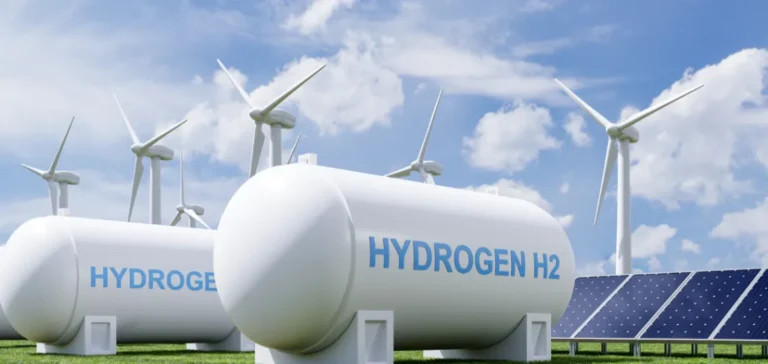A research team from the College of Engineering at Sultan Qaboos University, led by Dr Rashid al Hajri, has developed new chemical catalysts that significantly improve the efficiency of green hydrogen production via water electrolysis. The breakthrough relies on a combination of nickel, cobalt, and rare metals capable of accelerating the chemical reaction while reducing energy consumption.
Laboratory tests have shown that the performance of these catalysts exceeds traditional processes by more than 30%. This improvement paves the way for large-scale production, a critical step in the industrial development of green hydrogen in solar-rich regions such as the Gulf.
A scientific advancement with industrial ambitions
Water electrolysis, the core process behind green hydrogen production, remains energy-intensive and highly dependent on the catalytic materials used. The catalysts developed in Oman aim to overcome this technological bottleneck by reducing the energy threshold required to separate hydrogen from oxygen.
This innovation comes at a time when Gulf Cooperation Council (GCC) countries are intensifying hydrogen-related projects, leveraging their solar energy surplus to produce this fuel. Optimising catalysts is thus a strategic lever for improving the competitiveness of future production facilities.
Towards application in transport and industry
University researchers note that improved energy efficiency could significantly lower the cost of green hydrogen, making it more attractive for use in heavy transport, energy-intensive industries and energy storage infrastructure.
Although the catalysts remain in an academic development phase, the university is planning partnerships with industrial entities to validate their use at pilot scale. Oman, which is seeking to diversify its revenue streams, could benefit from a competitive edge if this technology is commercially deployed in the coming years.
A strategic position within the Gulf
Oman is thus reinforcing its position in the green hydrogen race, alongside regional players investing in similar initiatives. The combination of local innovation and abundant natural resources places the country as a technological explorer in an emerging yet capital-intensive sector.
“The use of relatively accessible metals like nickel and cobalt, combined with rarer elements, allows us to aim for a balance between performance and industrial feasibility,” said the research team, highlighting the technology’s potential for the country’s future energy infrastructure.






















